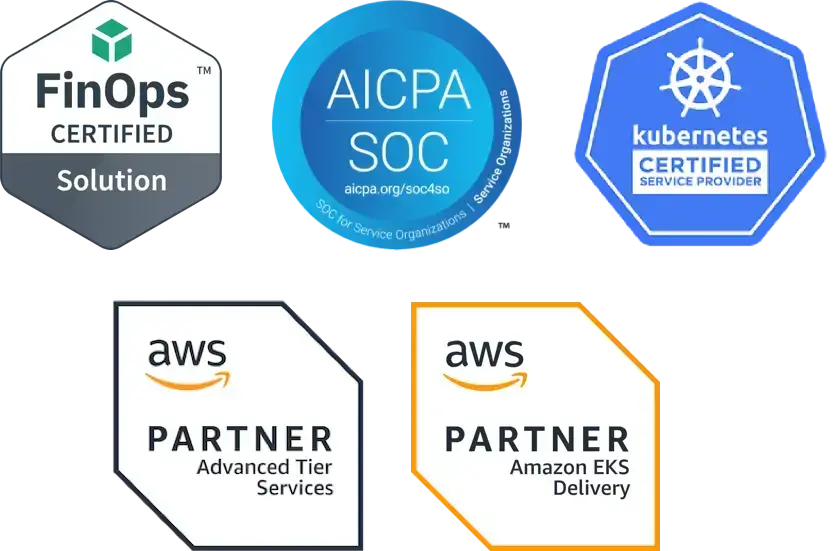The next phase of Kubernetes maturity is when you introduce more measurement and control of the environment. You and your team are functioning well within Kubernetes, have overall understanding and there is organization-wide adoption. You are developing a deeper functional understanding of Kubernetes and opinions on how things should be done within clusters and the overall environment. Further, the team is ready to tackle technical debt from previous phases.
Previous stages have introduced some monitoring and observability. In this stage, you will gather and process more data, insights and tooling for you to start understanding what to measure and track and how to control Kubernetes.
- Managed Kubernetes
-
Use Cases
- AI-Ready Infrastructure Kubernetes optimized for AI and ML workloads.
- Architecture-as-a-Service Expert-designed Kubernetes architectures on demand.
- Chaos Days Test and improve resilience with controlled chaos.
- Supporting 3rd Party Apps Ensure stability for tools running on Kubernetes.
- Add-on Management Fairwinds handles your time-consuming K8s add-on upgrades.
- Software
- About
- Resources


